400 Watt MH lamp at Lowes for $21?
hydro_nerd
20 years ago
Related Stories

SAVING WATER11 Ways to Save Water at Home
Whether you live in a drought-stricken area or just want to help preserve a precious resource, here are things you can do to use less water
Full Story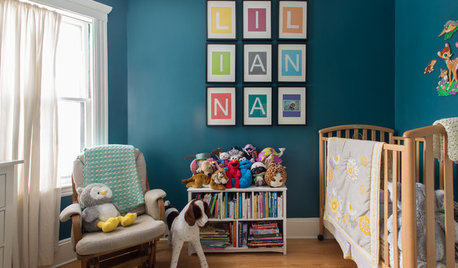
HOUZZ TOURSMy Houzz: Thoughtful Updates to an Outdated 1900s Home
Handmade art and DIY touches bring a modern touch to a classic Boston-area home
Full Story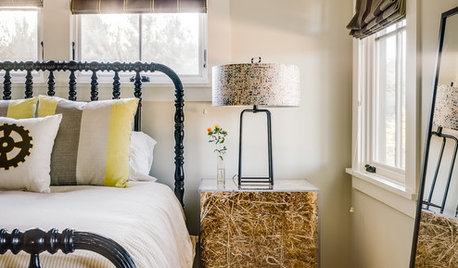
BEDROOMS15 Nightstands That Are Not Your Average Bedside Tables
Take another look at that unusual antique or flea market find. It could have a new life next to the bed
Full Story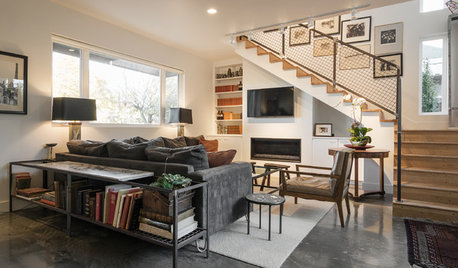
HOUZZ TOURSMy Houzz: Contemporary Home Hugs a Central Courtyard
An architect's Salt Lake City home celebrates outdoor living in a beautiful blend of modern and organic styles
Full Story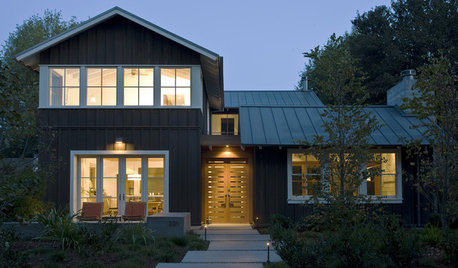
LIGHTINGHow to Choose the Right Solar Lights
Learn about different types of outdoor solar lights, where to use them and why you might want to avoid the bargain bin
Full Story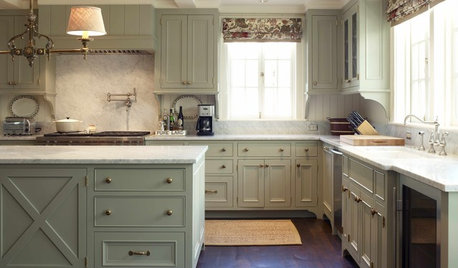
KITCHEN DESIGN9 Ways to Save on Your Kitchen Remodel
A designer shares key areas where you can economize — and still get the kitchen of your dreams
Full Story
TASTEMAKERSPro Chefs Dish on Kitchens: Michael Symon Shares His Tastes
What does an Iron Chef go for in kitchen layout, appliances and lighting? Find out here
Full Story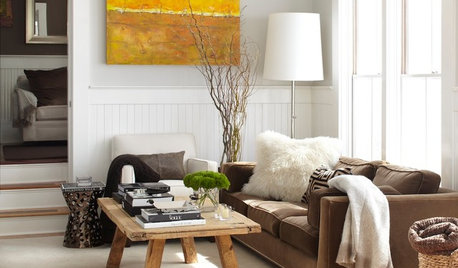
LIGHTINGYour Guide to Common Light Fixtures and How to Use Them
Get to know pot lights, track lights, pendants and more to help you create an organized, layered lighting plan
Full Story
KITCHEN DESIGNA Cook’s 6 Tips for Buying Kitchen Appliances
An avid home chef answers tricky questions about choosing the right oven, stovetop, vent hood and more
Full Story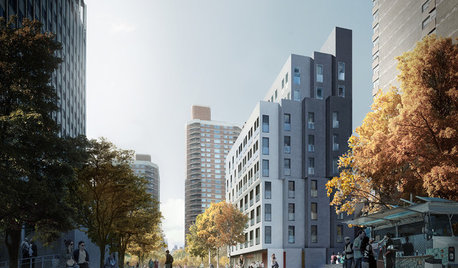
SMALL HOMESMicrounits Are Coming to NYC. See the Winning Design
Say goodbye to only arm-and-a-leg Manhattan rents. This plan for small prefab units opens the door to more affordable housing
Full StoryMore Discussions






DHershey
Goldcroft
Related Professionals
Marina Landscape Architects & Landscape Designers · Richmond Heights Landscape Architects & Landscape Designers · Zion Landscape Architects & Landscape Designers · Newcastle Landscape Architects & Landscape Designers · Burlington Landscape Contractors · Belmont Landscape Contractors · Bloomington Landscape Contractors · Cerritos Landscape Contractors · Duarte Landscape Contractors · Leicester Landscape Contractors · Longview Landscape Contractors · Mission Landscape Contractors · Oak Harbor Landscape Contractors · Santa Maria Landscape Contractors · Castaic Gardeners & Lawn Carewillardb3
Dave_zone_5
hydro_nerdOriginal Author
hydro_nerdOriginal Author
scottplumerias
Dave_zone_5
scottplumerias
Dave_zone_5
willardb3
dbogey
zink
herb_nerd2000
willardb3
zink
mkirkwag
alexander_permison
peter318200
mkirkwag
mkirkwag
shrubs_n_bulbs
NLG1
DRKboss
mkirkwag
DRKboss
HydroBotany